The concept of Model United Nations
The term Model United Nations (also Model UN or MUN) refers to simulations for high school and university students where the work of the United Nations (UN) is reenacted. For that, conferences are organized all over the world, mostly at high schools and universities, whose structure is based on that of the UN. The participants are accordingly high school and university students, who take the role of a delegate of one of the UN member states and will have to defend this country’s point of view, which is usually not the same as their personal opinion. The delegates then represent the position of “their” countries in the simulated committees (for example in the UN General Assembly or Human Rights Council). There, according to an agreed agenda, current international topics are discussed and draft resolutions are written. The delegates then try to find signatories (supporters) for their draft resolutions or try, through compromising (but always from the view of the country they are representing!), to get the support of other delegates/countries.
GOALS
The participants of the MUN conference should be able to inform themselves about complex political topics and to subsequently discuss it with others. They should be able to put themselves in the role of a representative of one for them foreign country and thus better understand the problems and current situations of other peoples and cultures. Furthermore, rhetorical skills, negotiation tactics, diplomacy, also according to the type of the conference, foreign language competence, should be improved and expanded. Last but not least, the fair engagement with people who have a different point of view and the open-minded approach towards their positions play a very important role.
ACADEMIC ASPECTS
Participation in Model UN is meant to foster negotiation, speaking and communication skills. In addition, crisis committees, which deal with crisis scenarios which can be contemporary or historical, can develop leadership skills and the ability to adapt and deal with unexpected situations. Material issues of diplomacy and policy are also approached through a quasi-academic process. In preparation for a conference, topics are chosen for each committee, and typically, research and background guides (called Study Guides) are made available by the organizers of a conference for each committee.
LANGUAGES
The working language of most of the MUN conferences is English. But there are also conferences that are held in other official languages of the UN. In Germany there are conferences that are held in a not for the UN official language – German.
ATTIRE
Nearly all Model United Nations conferences require delegates to wear Western business attire, as dressing professionally is an important way to show respect for the nation, organization, or individual one is representing, as well as for the rest of one’s committee.
How it works
In order to maintain decorum, most Model UN committees use parliamentary procedure also known as the Rules of Procedure. In addition, recently the United Nations has spearheaded efforts to introduce new Model UN rules of procedure that are more closely aligned with those used by the actual UN. Since there is no governing body for MUNs, each conference differs in the rules of procedure. The following rules of procedure apply to general MUNs but may not apply to every MUN: Model United Nations conferences are usually organised by high school or university clubs, like MUNAM e. V.. MUNs are run by a group of administrators known as the dais. A dais is headed by a Secretary-General. Each committee usually has a chair (also known as president), a member of the dais that enforces the rules of procedure.
FORMAL DEBATE
In a formal debate, the staff maintains a list of speakers and the delegates follow the order written on the ‘speaker list’. Speakers may be added to the speaker list by raising their placards or sending a note to the chair. During this time, delegates talk to the entire committee. They make speeches, answer questions, and debate on resolutions and amendments. If there are no other motions, the committee goes back to formal debate by default. There is usually a time limit.
MODERATED CAUCUS
In a moderated caucus, the committee goes into a recess and the rules of procedure are suspended. Anyone may speak if recognized by the chair. A vote on a motion is necessary to go into a moderated caucus. There is a comparatively shorter time limit per speech.
UNMODERATED CAUCUS
In an unmoderated caucus, the delegates informally meet with other delegates and the staff for discussions.
RESOLUTIONS
Resolutions are the basis of all debate. They are considered the final results of conversations, writings and negotiations. Resolutions must go through a draft, approval by the dais, and consequent debate and modification.

